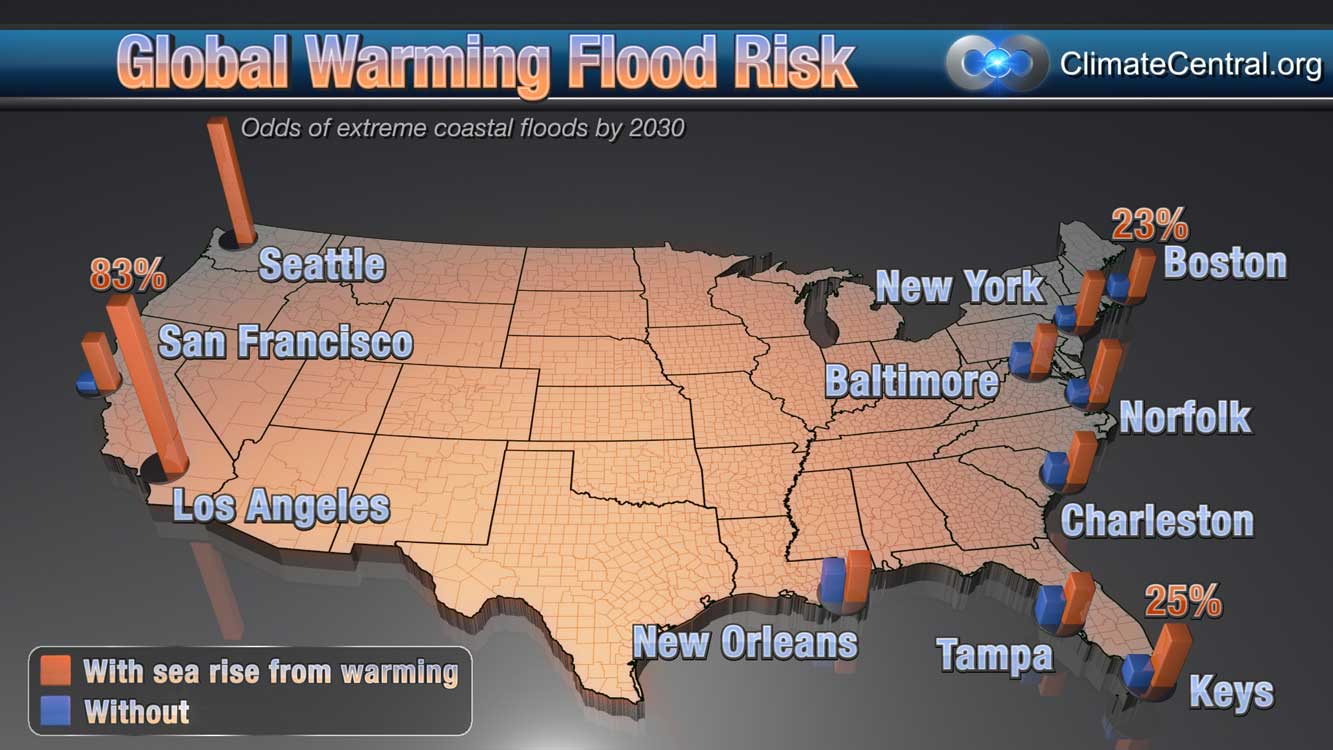
Ambient temperatures in urban cores, where residents concentrate, can far exceed temperatures in periurban areas, causing urban residents to be especially exposed to extreme heat 2.Įxposure to extreme hot and cold ambient temperatures has been linked to excess morbidity and premature mortality through a range of physiological mechanisms 5. The process of urbanization has also contributed to an increase in human exposure to extreme heat 2, in particular through the urban heat island effect 3, 4. These risks were strongest among older adults and for cardiovascular and respiratory deaths.Īnthropogenic greenhouse gas emissions continue to accelerate the pace of global climate change, with eight of the nine hottest years between 18 occurring since 2010 (ref. Marginal increases in observed hot temperatures are associated with steep increases in mortality risk. In Latin American cities, a substantial proportion of deaths is attributable to nonoptimal ambient temperatures. The relative risk of death was 1.057 (95% CI 1.046–1.067%) per 1 ☌ higher temperature during extreme heat and 1.034 (95% CI 1.028–1.040%) per 1 ☌ lower temperature during extreme cold. The excess death fraction of total deaths was 0.67% (95% confidence interval (CI) 0.58–0.74%) for heat-related deaths and 5.09% (95% CI 4.64–5.47%) for cold-related deaths. We observed 15,431,532 deaths among ≈2.9 billion person-years of risk. We conducted a nonlinear, distributed-lag, longitudinal analysis of daily ambient temperatures and mortality among 326 Latin American cities between 20.


Climate change and urbanization are rapidly increasing human exposure to extreme ambient temperatures, yet few studies have examined temperature and mortality in Latin America.


 0 kommentar(er)
0 kommentar(er)
